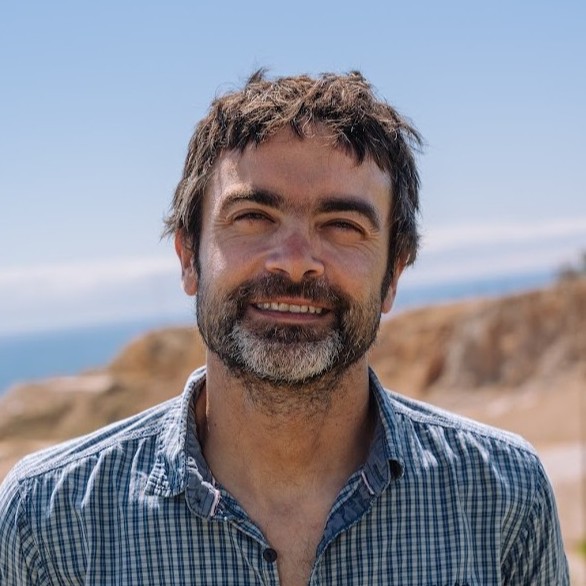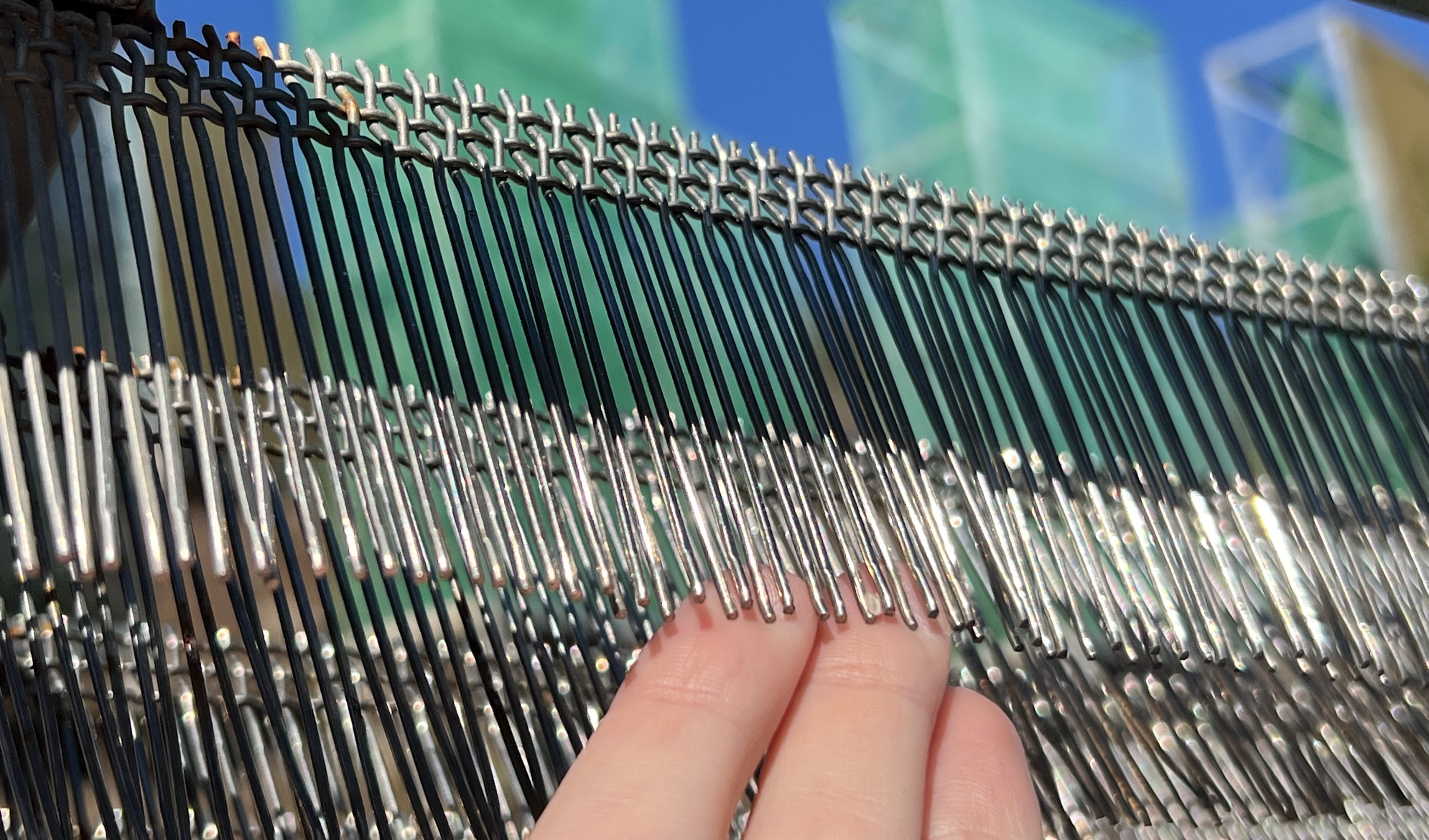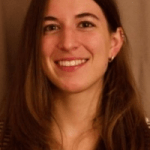Fog collectors are a hope for bringing water to the most isolated areas of the world
On the island of El Hierro, in the Canary Islands, water is a scarce commodity, and its inhabitants have had to manage to get it throughout history. One of the oldest ways was the Garoé tree (Ocotea foetens) which, like other trees that live surrounded by fog and humidity, traps the small droplets of water, so people stored the drops that fell from the leaves in a well. It is precisely this idea that inspired the European project Life Nieblas, which has tested and improved 3 types of fog collectors that mimic this function of trees. The project, which began in 2020, is now presenting its final report, which concludes that this technology is highly efficient and one of the most useful for bringing water to the most inhospitable and complex areas of the world. During the project, it has been used to reforest and irrigate the laurel forest of Barranco El Andén in Gran Canaria, and to reforest a quarry in Catalonia and a burnt forest in Portugal. All these reforestation projects were destined to obtain very limited results due to the aridity of the area and the impossibility of bringing water to the land to irrigate the trees.

“The key to the project is that, for the first time, it demonstrates that there are efficient and autonomous collectors that can help the most complex areas to obtain water”.
GUSTAVO VIERA RUÍZ, technical director of the project from Gesplan.

In the Gran Canaria Ravine, around 40 collectors - with a catchment area of 135m2 - of three different types have been installed to reforest 35.8 hectares, which have collected 12,1901 litres of water in total; 15,000 trees of various species of ‘laurisilva’ forest, such as the Canary Island strawberry tree or heather, have been planted, with a survival rate of 86% - a figure that doubles the survival rate of traditional reforestation, which is around 40%. “This has also meant that we have recovered the forest's potential to capture atmospheric carbon, specifically, we calculate 175 tonnes of CO₂ per year, says Gustavo Viera, technical director of the project from Gesplan.

“We have also employed innovative reforestation and irrigation systems. One of them is the Cocoon method, cardboard circles that are buried in the ground full of water, to hydrate and protect the tree during the first year of life, the most sensitive, and then decompose into the soil."
VICENÇ CARABASSA, CREAF researcher and leader of the scientific part of the project.
Regarding irrigation, a device has been developed that allows water to be discharged automatically without any type of energy supply or CO₂ emissions. This methodology helps everything to work autonomously, which is essential in the most complex and remote projects. In addition, it has managed to reduce the carbon footprint, as no machinery is used to carry water from one place to another, nor is it used to transport water from one place to another, nor is it used to transport water from one place to another.
Life Nieblas is a Life project co-financed by the European Commission and coordinated by the Cabildo de Gran Canaria and Gesplan hand in hand with its partners, CREAF, ICIA, ITC, the University of La Laguna, Heredad de Aguas de Arucas and Firgas, the Universitat Autònoma de Barcelona (UAB) and the Intermunicipal Community of Viseu Dão Lafões in Portugal.
Clouds of hope for the world's remotest regions
The Life Nieblas project has demonstrated that there are efficient and autonomous collectors that can help the most complex areas to obtain water.
The key to the project is that, for the first time, it demonstrates that there are efficient and autonomous collectors that can help the most complex areas to obtain water. For example, five collectors have been replicated in a forest area in Vouzela (Viseu Dão-Lafões, Portugal), which suffered a major fire in 2017, where species such as common oak and cork oak have been replanted. Also in Catalonia, in collaboration with the RESTARC project, 60 individual collectors have been installed to replant Mediterranean species such as wild olive and mastic trees in a quarry being restored in the Garraf region. In the Canary Islands, the Life Nieblas team collaborates with other projects and administrations to extend the collectors to other islands and help alleviate the water crisis. For example, in Tenerife they have installed some to irrigate chestnut trees, a crop that requires a lot of water. Around nine collectors will also be used to restore the vegetation of the Famara massif in Lanzarote, “which is practically deserted at the moment”, according to Saúl Oliva, Gesplan's technical coordinator for the project. And, in the case of Gran Canaria, they are collaborating with the Mosaico project so that 400 sheep can drink ‘fog water’ while grazing in the forest, which until now had to be carried with water tanks.

But there is more, at an international level, the project has managed to reach the town of Chungungo, a fishing village in Chile, which is starting to use the collectors to supply drinking water to the population, “tests are still being carried out, but the data are positive”, says Saúl Oliva. The University of Sapienza in Italy is designing prototypes based on those of Life Nieblas to reforest burnt areas in northern Italy. On the African continent, they are also collaborating with the Biflores organisation in Cape Verde, which has installed around 5 rudimentary collectors on the island of Brava, a locality of extreme poverty where water is a very limited resource. “With the mesh we use for our collectors and some wooden structures that they make themselves, they have managed to obtain 1000 litres of water a day (an impressive figure), which they use to irrigate crops and water their livestock”, says Saúl Oliva.
The Cabildo de Gran Canaria will continue to finance the project until 2029: “we hope that the project will continue to be extended, especially in those areas suffering from drought”, adds Francisco González Artiles, a technician from the Environment Department of the Cabildo de Gran Canaria and part of the coordinating team.
Three types of collectors
Life Nieblas has used three types of collectors. The most innovative one, designed by the ICIA and the ULL, is inspired by the needles - leaves - of the Canary Island pine tree, which are specially designed to trap fog droplets. The structure of this innovative needle collector (i-FWC) is simple and is presented as a comb of metal rows, which can be installed on two floors to increase the surface area to capture water. “It has been the most efficient design, it is modular and easy to assemble, and it is also the most economical”, says Gustavo Vieira. On the other hand, there are the tower collectors, which are made up of a polyhedral structure, covered with polyethylene or volumetric mesh - which is normally used to stabilise road slopes -, both very accessible materials on the market and very useful for capturing fog. In addition, smaller reforestation structures that use polyethylene mesh have also been used, so this structure surrounds the plant and gives it a triple service. “As it protects it from herbivores, while it captures environmental humidity, maintains the humidity of the soil and reduces sunlight on the plant, fundamental aspects for establishing small seedlings”, explains Vicenç Carabassa. The requirements for installing any type of collector are simple: fog and wind for the microdroplets to hit the device, conditions that can be found in coastal, desert or mountain areas.








